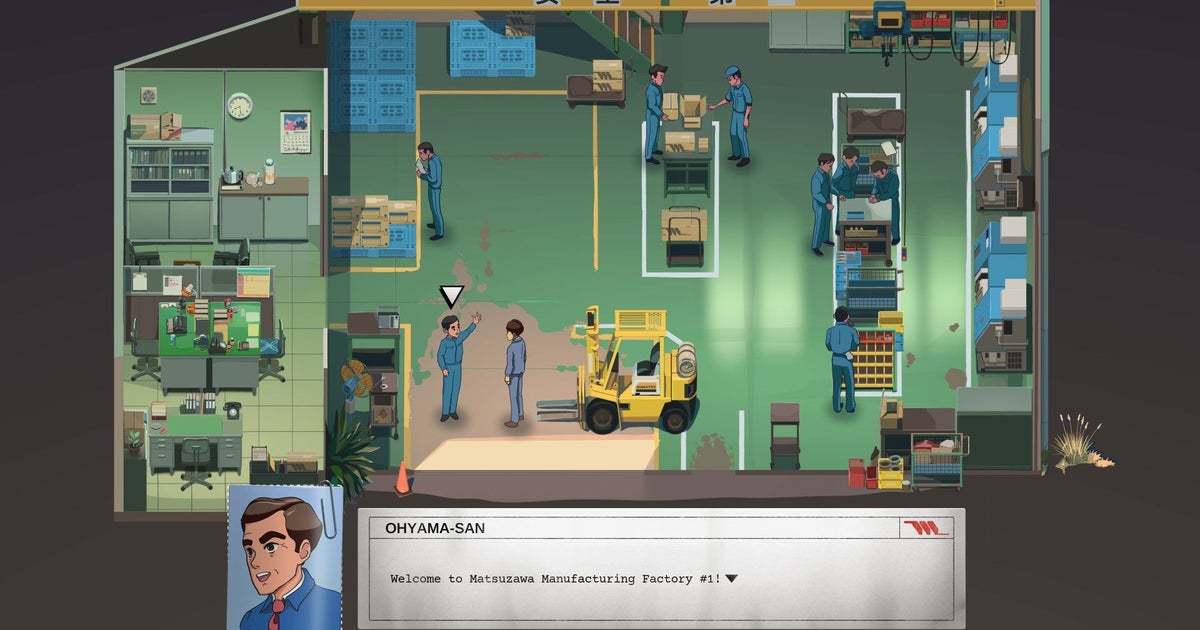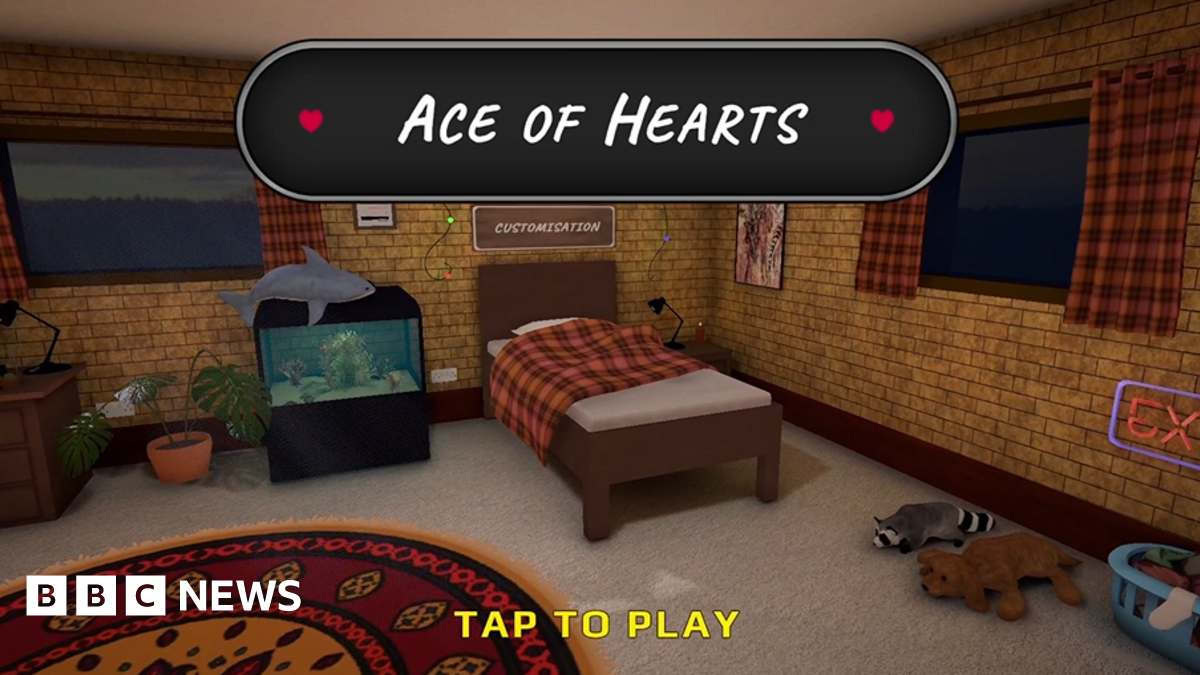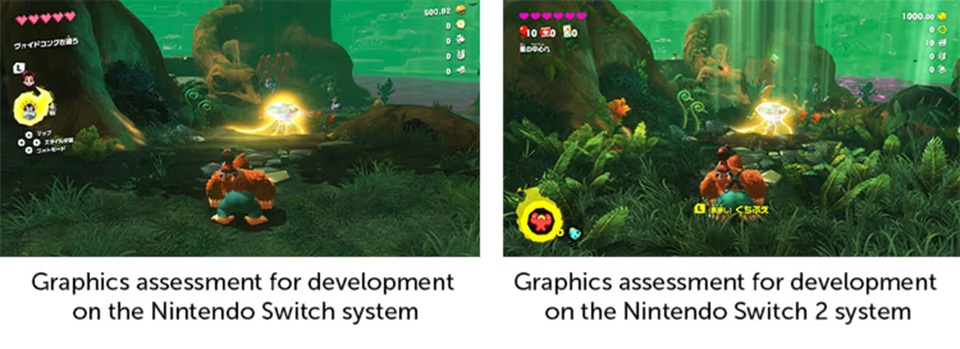T4K3.news
Zach Barth discusses Kaizen and game design challenges
Game designer Zach Barth explains his work on Kaizen: A Factory Story and the challenges of game development.

Puzzle game designer Zach Barth talks about his latest game Kaizen: A Factory Story and his creative journey.
Zach Barth shares insights on Kaizen and the creative process behind puzzle designing
Zach Barth, the designer behind puzzle games like Kaizen: A Factory Story, recently discussed his creative process and the inspirations behind his work. Barth, who previously worked with Zachtronics, focuses on engineering puzzles where players optimize assembly lines to create products. He explored concepts from the Toyota Production System, which emphasizes continuous improvement in manufacturing. Kaizen, meaning 'continuous improvement' in Japanese, reflects a theme where players enhance their skills throughout the game. Barth expressed that while some may expect perfectionism, his team operates pragmatically, driven by the need for efficient game production. He shared that an attempt to create a Factorio-like game became tedious due to its lack of engaging puzzles. Ultimately, Barth focuses on creating unique, educational gaming experiences without falling into repetitive crafting patterns common in many games today.
Key Takeaways
"All of our engineering games have this theme of optimization."
Barth highlights the core theme of optimization in his games, linking it to player improvement.
"I got really bored really quickly with the idea of the crafting system."
Barth expresses his disinterest in standard crafting mechanics, emphasizing his preference for engaging puzzles.
"We've always been in a position where we have to make games quickly because we don't make enough money."
This quote reflects the financial pressure Barth's team faces, impacting their game development process.
"It's not really a metaphor for us, it's about trying to situate characters in time."
Barth explains the storytelling approach in Kaizen, focusing on realism rather than allegory.
Zach Barth's approach to puzzle design highlights the balance between efficiency and creativity. His focus on distinct puzzle experiences stands in stark contrast to the popular automation games dominating the market. Whereas many games chase trends for profit, Barth's dedication to crafting meaningful challenges emphasizes the art of making rather than mere production. This perspective raises questions about the future of game design and whether practicality will overshadow innovation. Barth's decision to abandon a potentially lucrative game concept in favor of pursuing engaging puzzles reflects a commitment to integrity in gaming.
Highlights
- Efficiency in game design is a balancing act between creativity and speed.
- Barth's approach showcases integrity in a trend-driven game market.
- Unique puzzles can stand out in a sea of repetitive game mechanics.
- Simplicity in crafting can often lead to the most engaging gameplay.
Financial pressures influence game development
Zach Barth reveals that his team must produce games quickly due to financial constraints, which may limit creative exploration and innovation.
Barth's commitment to engaging puzzles may reshape expectations in the gaming industry.
Enjoyed this? Let your friends know!
Related News

Kaizen captivates gamers with innovative assembly line gameplay

Donkey Kong Bananza Launches Amid Nostalgia
Itch.io begins reindexing free adult games

LAFC pursues Son Heung-min for transfer

New video game supports youth mental health

Nintendo upgrades Donkey Kong Bananza for Switch 2

Lee Jung-jae discusses Gi-hun's fate and hopes for his daughter

Arsenal completes signing of striker Viktor Gyokeres
